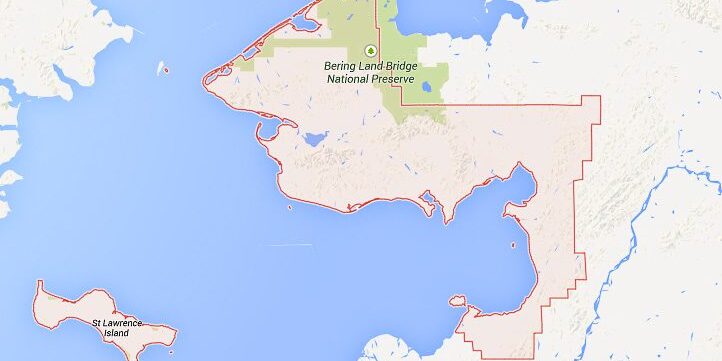This spring, Bering Strait residents will be getting a knock on their door from their local census takers, or enumerators, who will be working to get an accurate count of their neighbors for the U.S. 2020 Census.
The census happens every ten years and is meant to count every individual residing in the United States.
Jessi Curtis is the recruiting manager for the Alaska Census team. She’s relying on locals to get the best data for their home communities.
“When somebody comes and knocks on your door you want it to be somebody you know, you want it to be somebody you’re comfortable with, somebody you recognize. If it’s somebody local they know the area, they already know where people live.”
– Jessi Curtis
According to Curtis, that accurate census data is crucial for three reasons. She calls them “The Three D’s” – dollars, districting, and distribution.
“Dollars” refers to federal money for programs such as Medicare/Medicaid, federal by-pass mail, and school lunches. A GW Institute for Public Policy study showed that $3.2 billion came into Alaska as a result of the 2010 census data. Curtis says that people who don’t get counted are essentially money being left on the table.
“It comes out to $3,000 per person per year. So, this data lasts for ten years so that’s $30,000 essentially for every person that we don’t count.”
Districting, or the distribution of power, is another factor when gathering census data. That accurate population data determines Alaska will have only one U.S. Congressman and not more.
“It’s the way that Congressional lines are drawn, school districts are drawn, it’s the way that we understand where our populations are so that we can divide up our states so that we have equal representation”
And the last of Curtis’s “Three D’s” stands for distribution – businesses also use census population data to determine needs, such as where to open a new grocery store or where an airline, like Alaska, will open their next route.
Census data is only meant to give an overview, and Curtis says it can’t be broken down to individual housing units or people even if they live in potentially overcrowded conditions. She understands that especially in rural Alaska, where overcrowding is an issue, some people may be living at a capacity above their lease agreement. She emphasizes that all information is strictly confidential.
“We don’t share it with other parts of the government, even the President can’t access census data. Every single census employee has to swear an oath for their life that they will protect the data we will collect.”
For village communities, Curtis explains the census team will be working closely with local leadership to get their count. After the initial census numbers are in, they will share the total with community leaders who can weigh in if there are any obvious inadequacies.
Those census enumerators will be going door to door in hub communities, delivering a ten-question census and leaving it to the residents to fill out. In communities outside of Nome, or other hubs, census employees will sit down with each household and fill the questions out together.
The Alaska Census team will begin hiring in Nome next month. Those interested in applying can go to https://2020census.gov/en/jobs.html.
Image at top: The Nome census area as shown by Google Maps.




